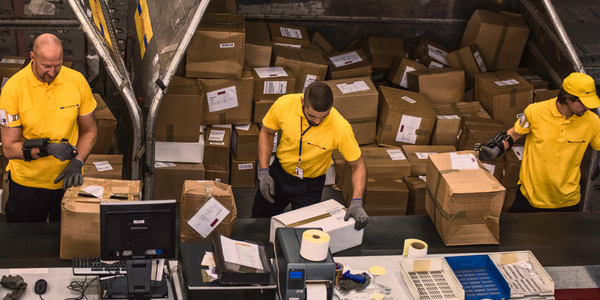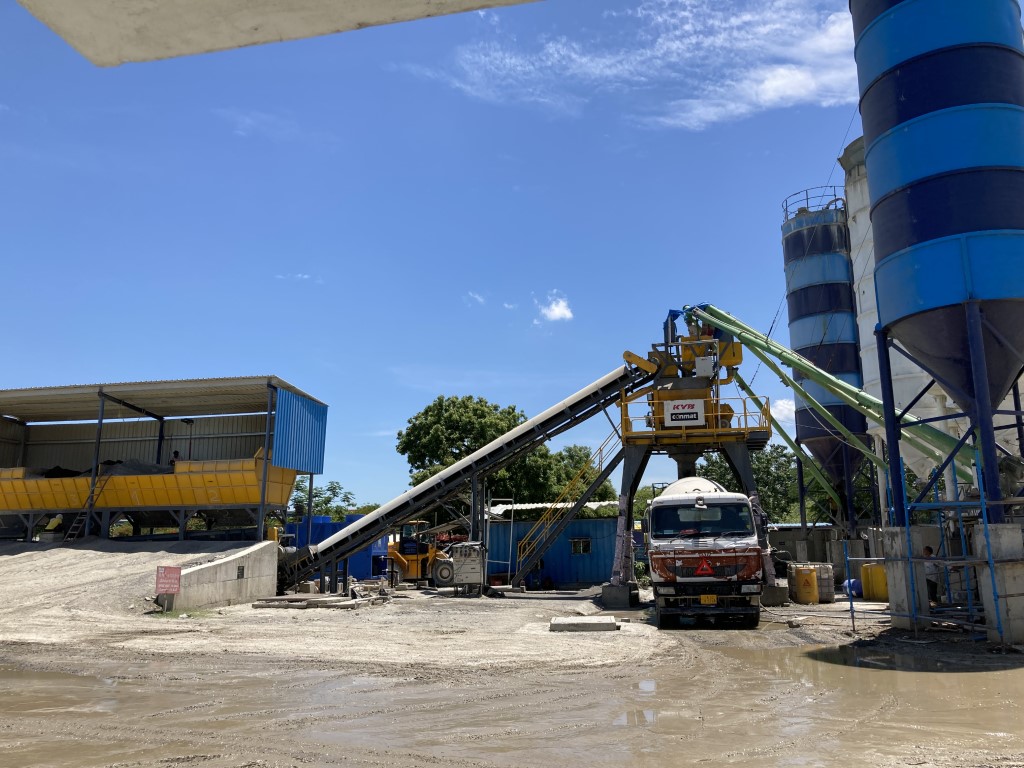Customer Company Size
Large Corporate
Region
- America
Country
- United States
Product
- Tableau Standard
Tech Stack
- Microsoft Access
- Microsoft Excel
- SPSS
Implementation Scale
- Departmental Deployment
Impact Metrics
- Productivity Improvements
- Digital Expertise
Technology Category
- Application Infrastructure & Middleware - Data Visualization
Applicable Functions
- Sales & Marketing
Use Cases
- Predictive Quality Analytics
Services
- Data Science Services
About The Customer
Amica Insurance is a national writer of automobile, homeowner, marine, and personal excess liability insurance, with life insurance available through its wholly-owned subsidiary, Amica Life Insurance Company. Founded in 1907, the company is based in Lincoln, Rhode Island, and employs more than 3,000 people in 40 offices across the United States. The Market Research Department of Amica is responsible for collecting and analyzing marketing and sales data, including analyzing inbound advertising and direct mail calls by various factors such as campaign source, geographic origin, time zone, call duration, and time of call.
The Challenge
The Market Research Department of Amica Insurance was tasked with collecting and analyzing marketing and sales data, particularly in relation to the company's advertising and direct mail campaign calls. The department needed to sift through tens of thousands of call records to identify actionable information for senior management. The challenge was to find an application that would enable marketing analysts to identify important trends, relationships, and outliers in the data. The application needed to be compatible with existing tools such as Excel, Access, PowerPoint, and SPSS. The primary evaluation criteria for the new tool were powerful visual analysis features, ease of use, and quick deployment without the need for servers or IT support.
The Solution
The Market Research department selected Tableau Standard as its newest analytical application. Tableau met all the primary evaluation criteria set by the department: it offered powerful visual analysis features, was easy to learn and use, and could be deployed quickly without the need for servers or IT support. With Tableau, the department was able to produce more visually appealing analysis in a fraction of the time that was previously spent. Tableau also enabled the Marketing team to directly access the data in Microsoft Access, Excel, and in other formats.
Operational Impact

Case Study missing?
Start adding your own!
Register with your work email and create a new case study profile for your business.
Related Case Studies.

Case Study
IoT Data Analytics Case Study - Packaging Films Manufacturer
The company manufactures packaging films on made to order or configure to order basis. Every order has a different set of requirements from the product characteristics perspective and hence requires machine’s settings to be adjusted accordingly. If the film quality does not meet the required standards, the degraded quality impacts customer delivery causes customer dissatisfaction and results in lower margins. The biggest challenge was to identify the real root cause and devise a remedy for that.

Case Study
Prevent Process Inefficiencies with Automated Root Cause Analysis
Manufacturers mostly rely on on-site expert knowledge for root cause analysis. When the defective product is sent to lab for analysis, it is laborious and always a post-mortem one. Manufacturers that collect data from IT and OT also need a comprehensive understanding of a variety of professionals to make sense of it. This is not only time consuming, but also inefficiencient.

Case Study
Digitization of Pharmaceutical Packaging Machines: A Case Study of CVC Technologies
CVC Technologies, a leading manufacturer of pharmaceutical packaging machines, was seeking an end-to-end IoT solution to fully digitize their pharmaceutical liquid filling and capping machines. The company aimed to enhance the safety of their equipment, introduce digital maintenance capabilities, and gain visibility into machine status from anywhere at any time. The challenge was to find a solution that could provide real-time visibility into the machine's status, deliver direct cloud connectivity and digital services, and simplify all aspects of the machine's lifecycle, from engineering to maintenance.

Case Study
CleanTelligent Enhances Janitorial Software Solutions with Infor Birst
CleanTelligent Software, a company that aids in-house and contracted janitorial teams in streamlining communication and improving quality control, faced a significant challenge. Their clients were demanding a more dynamic way to present reporting data. The company's software was primarily used to analyze and summarize a custodial team's performance, replacing a highly manual, paper-driven process. However, the initial differences between service providers in the janitorial industry are often unclear, and the cost of switching is comparatively low. This situation led to high client turnover, with a janitorial company's customer lifetime averaging four years or less. CleanTelligent needed to improve the customer experience with dynamic dashboards and reporting, retain customers through predictive analysis, capitalize on advanced analytics capabilities to build market differentiation, and improve client retention rates.

Case Study
Digitalising QC records
Ready-mix concrete batching plant with seasonal demand 6,000 to 12,000 cu.metre per month.Batch-cycle records for each truck is stored in paper format. 1000 to 2000 truck loads per month, generating ~2000 to 6000 paper records.QC anomaly detection in chemical batch-mixing is manual & time consuming.

Case Study
Automotive manufacturer increases productivity for cylinder-head production by 2
Daimler AG was looking for a way to maximize the number of flawlessly produced cylinder-heads at its Stuttgart factory by making targeted process adjustments. The company also wanted to increase productivity and shorten the ramp-up phase of its complex manufacturing process.







